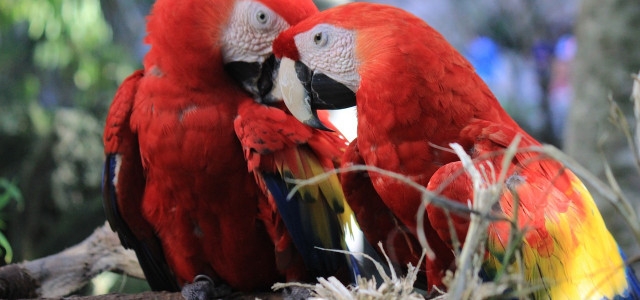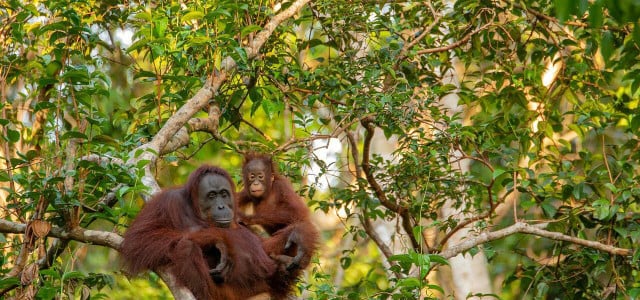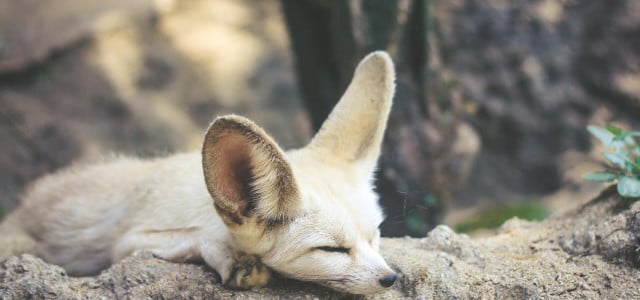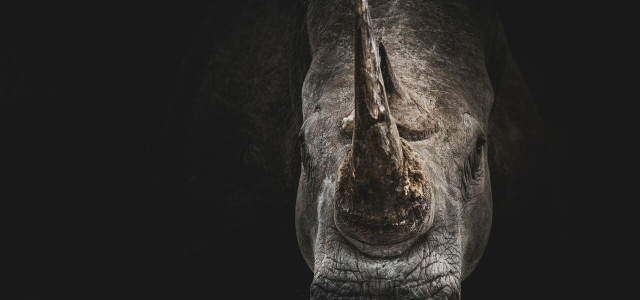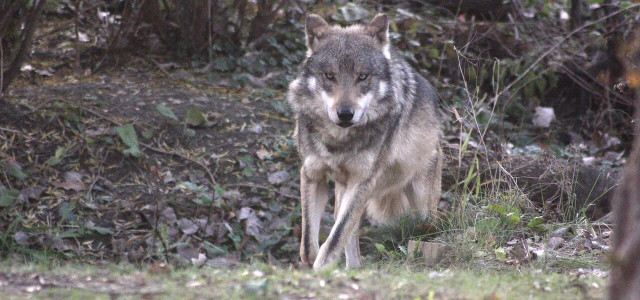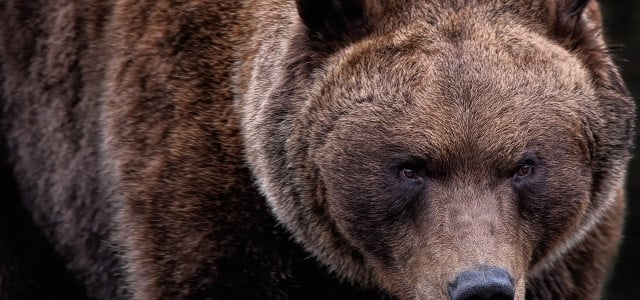Don’t trust anyone who tells you that monogamy isn’t natural! Amazingly, many animals mate for life and have a lot to teach us about loyalty.
Contrary to popular belief, monogamy is not uncommon in the animal kingdom. You’d be surprised by how many animals live out their days with a single chosen partner. From the highest clouds to the deepest waters, here are 18 animals that mate for life.
1. Bald Eagles

Did you know that a bald eagle is not just an exceptionally beautiful bird but also a devoted partner? The majority of these magnificent birds reside in Alaska, Canada and all US states except for Hawaii. Bald eagles nearly became extinct in the 1960s due to habitat destruction, hunting and the widespread use of DDT. In 2007, they were finally removed from the Endangered Species Act list.
Bald eagles typically mate for life. Males and females bond in magnificent aerial dance performances in which a pair flies high into the sky before spinning downward and breaking off just before touching the ground.
Check out 6 Hilarious Bird Mating Dances to Brighten Up Your Day for more fascinating bird mating routines.
Once bonded, eagles work as a team to build their nest, hatch the eggs and feed the chicks. They continue adding to their nest each season, making it bigger and bigger. In fact, one of these long-lasting bald eagle couples holds the Guinness World Record for the largest bird’s nest. Their massive nest, found near St. Petersburg, Florida, was estimated to weigh over 4,400 pounds.
2. Animals That Mate for Life: Prairie Voles
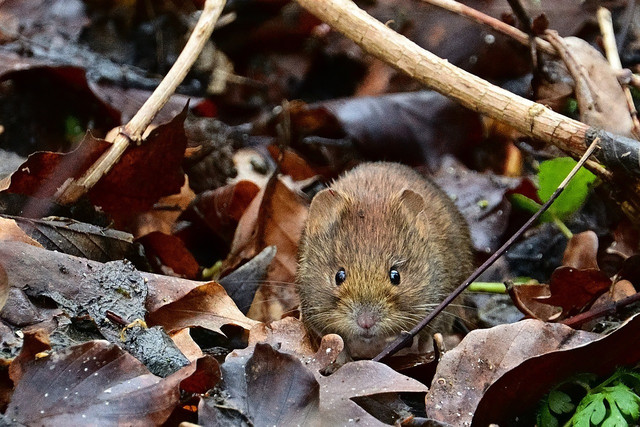


Prairie voles are widespread across grasslands in the central United States and Canada, from the eastern Rocky Mountains in the west to West Virginia in the east and into the Canadian Prairies in the north. They are typically found in dry fields covered in weeds and grasses.
The prairie vole is similar in appearance to the meadow vole, but their mating habits are very different. Prairie voles often practice monogamy. Throughout their lives, the male prairie vole remains in constant contact with its female partner and doesn’t look for a new mate after the female dies.
3. Coyotes
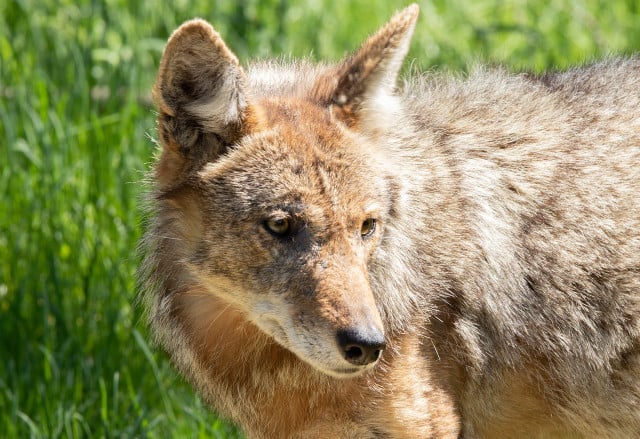


Coyotes are common in many parts of North and Central America. They can often be spotted in the suburbs and cities.
Coyotes are monogamous animals and mate for life. During the mating season, the female coyote gets to choose a partner out of several potential suitors. And once the couple is formed, these animals that mate for life stay together and rarely separate. In early spring, female coyotes use dens for raising pups and often stay close by. Male coyotes travel greater distances to hunt while seeking food to support the family.
4. Scarlet Macaws
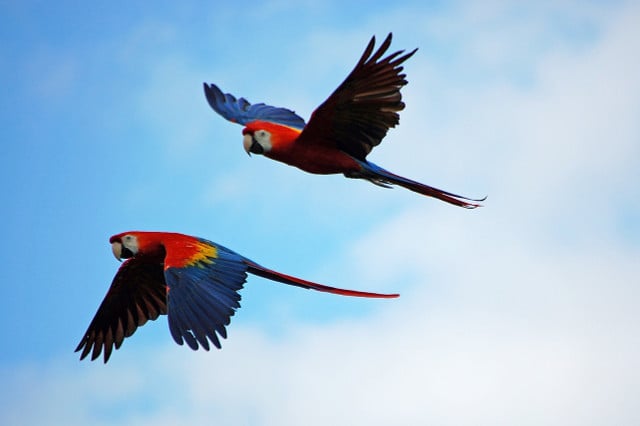


Native to the tropics of South and Central America, scarlet macaws can be found anywhere from the southern Mexico rain forests to the Peruvian Amazon. These gorgeous birds often mate for life in the wild.
Both scarlet parents share equally in parenting their young for an entire year after the chicks hatch before they leave the nest. Long after having children, couples continue to be monogamous and live together in huge families of up to 30 birds, sharing food and flying close to one another.
Scarlet macaws are currently classified as “least concern” on the IUCN Red List despite their decreasing populations.
5. Animals That Mate for Life: Seahorses
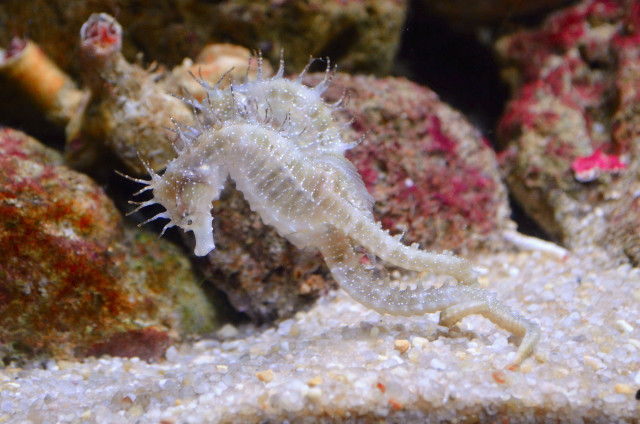


Seahorses are incredibly unusual creatures in life and love, from their looks to their male pregnancies. More than 40 species of seahorses can be found on coral reefs worldwide, and some of them are not well recognized for being loyal to one chosen mate. Others are indeed monogamous and mate for life.
Most people know that male seahorses are the ones to carry fertilized eggs and give birth to the young. However, their family life is unique in more ways than one. Male and female seahorses dance together frequently to strengthen their pair relationship. Such a lovely habit could help many people in their love life.
6. Gentoo Penguins
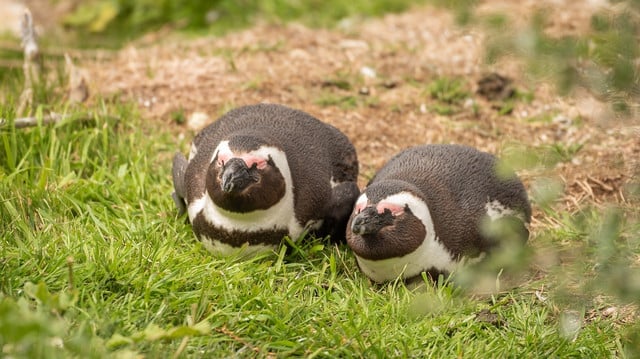


These animals that mate for life populate Antarctic Peninsula and numerous islands around the frozen continent. Despite some significant population declines in the past, they are currently listed as “least concern” on the IUCN Red List.
Gentoo penguins are the true romantics of the animal kingdom. They “propose” to their chosen mate with a pebble for their future nest and often form long-lasting relationships with each other. Males and females work together closely to build the nest, taking turns incubating the egg and raising the hatchlings.
7. Animals That Mate for Life: Hawksbill Sea Turtles
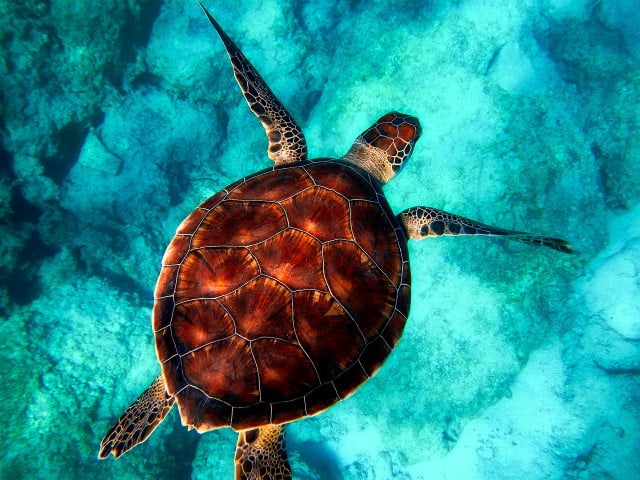


Hawksbill turtles are found throughout the tropical waters of the Atlantic, Pacific, and Indian Oceans. Like many sea turtles, hawksbills are critically endangered, primarily due to human activities — like being the product of bycatch. New research reveals that these turtles are mainly monogamous and don’t tend to re-mate during the season.
8. Parasitic Flatworms (Diplozoon paradoxum)
Can a parasitic flatworm be romantic? Although discussing monogamy among worms may seem strange, Diplozoon paradoxum can perform the most romantic act imaginable — they literally become one with their partner.
Diplozoon paradoxum is the parasite of various freshwater fish in Europe. While they are born as individual male and female larvae, they can mature and continue living only if they fuse themselves together.
9. Dik-Diks
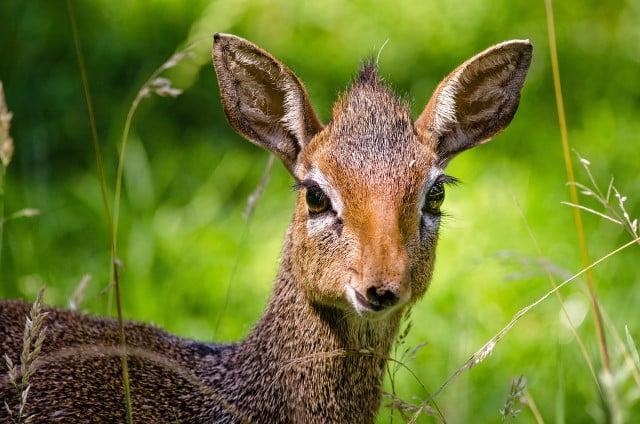


One of the smallest antelopes in the world, dik-diks have a stable population in eastern and southwestern Africa. These adorable-looking animals mate for life and live in pairs. In good conditions, a pair may reside within the same territory for life. If one of the partners passes away, the remaining animal may choose to stay by itself or search for a replacement.
Find out who are the 15 cutest exotic animals in the world.
10. Animals That Mate for Life: Titi Monkeys
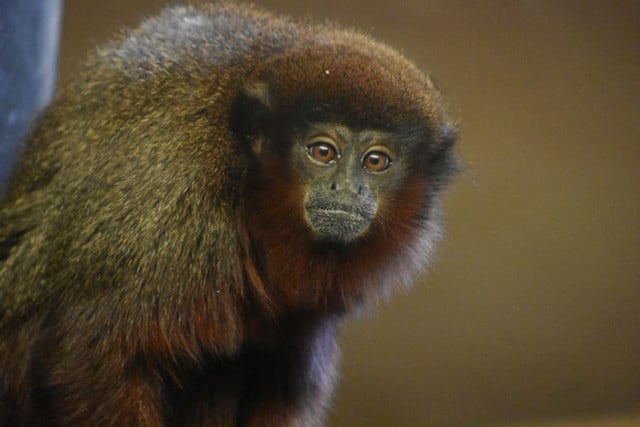


Titi monkeys are famous for their adorably romantic behavior. These primates, native to the forests of South America, can often be observed in pairs sitting or sleeping with their tails entwined.
Titis are monogamous and mate for life. They live in family groups that consist of parents and their offspring, about two to seven animals in total. Fathers tend to engage in more grooming, food sharing, inspecting and playing with offspring than mothers.
Beni titi monkeys are classified as endangered on the IUCN Red List.
11. Foxes
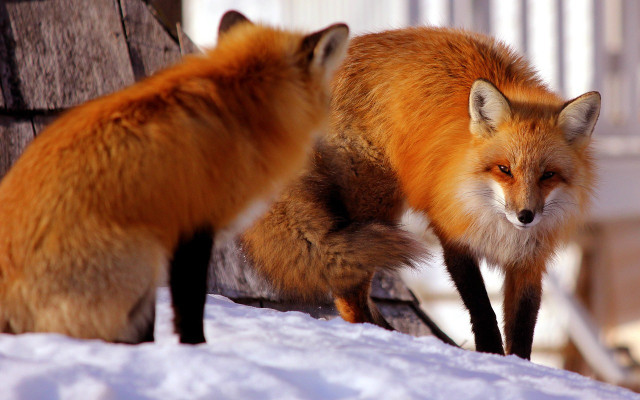


Did you know that, besides humans, red foxes have the widest natural distribution of any land mammal? It covers most of North America, northern Africa, almost all of Asia and virtually all of Europe. Depending on the habitat, these animals can have very different social structures.
Research suggests that red foxes sometimes mate for life and can produce many litters together. Dominant mating pairs tend to stay together, and the dog fox guards his partner throughout the mating season to prevent other males from mating with her. It is widely believed that if the vixen dies, the male will stay single for the rest of his life. But in reality, male foxes seek out other nearby sexual partners frequently.
Gray foxes are typically monogamous, which means they mate with only one partner in a mating season. Once cubs are born, both parents provide for the family and educate the young.
Learn more about ethical non-monogamy in the human world.
12. Pigeons
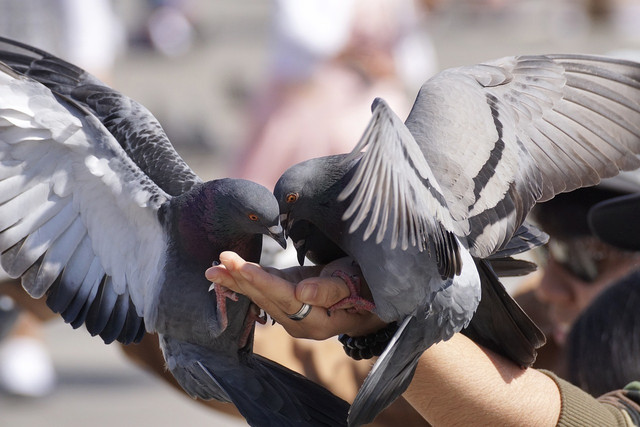


Pigeons are common city birds that can be found everywhere in the world. But even though we see pigeons every day, most people know very little about their habits.
Pigeons are monogamous animals that mate for life. Once a pair is bonded, they stay committed and faithful to their partner, and in most instances, they will mate only with their partner unless they can’t produce eggs. Then they might split up to look for another partner.
13. Animals That Mate for Life: Gibbons
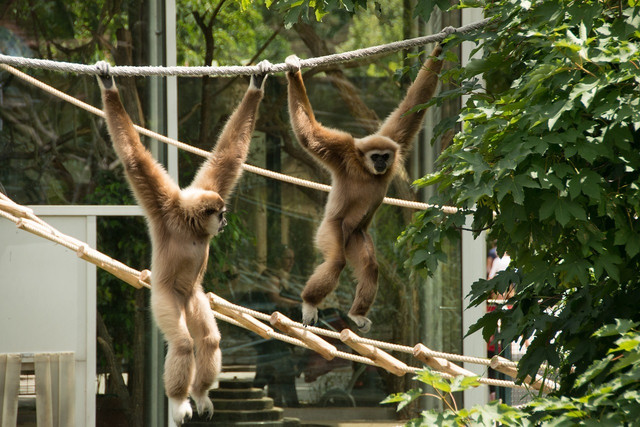


If there was a competition for the most romantic mammal on the planet, gibbons could win it easily!
There are over a dozen recognized species of gibbons, ranging from northeastern India to southern China to Borneo. To attract potential mates, these apes sing with high and sweet tones that can reach a long distance. Once two species find each other, they often mate for life and sing in duets to mark their territory.
Unfortunately, the vast majority of gibbon species are endangered due to deforestation and poaching for the illegal pet trade.
14. Gray Wolves
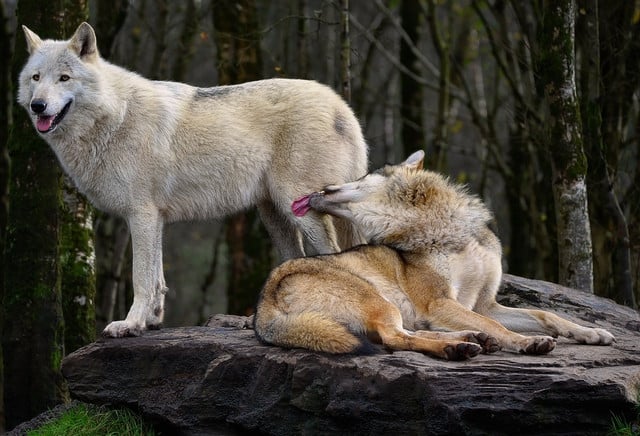


These majestic animals, a symbol of strength and independence, inhabit vast areas of the Northern Hemisphere. Grey wolves can thrive in diverse habitats, from the tundra to woodlands, forests, grasslands and deserts.
Wolves typically mate for life and live in packs of up to two dozen individuals. A pack is a family group that consists of a breading couple and their children of different ages. Contrary to popular belief, the leader of a wolf pack, or alpha, is not just the strongest male but also a family-oriented papa wolf.
15. Beavers
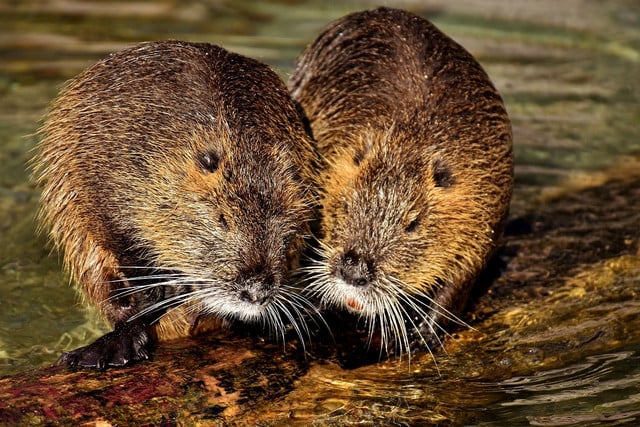


Clumsy on dry land but graceful in water, beavers are among the few unique animals that modify their habitat. They build watertight dams to form slow-moving ponds that serve as the perfect home for beavers.
Two species of beavers are found in forests across North America, Europe and Asia. Beavers typically mate for life, forming familial colonies with strong family bonds. Each group comprises one breeding pair, the year’s kits, and the previous year’s surviving offspring.
16. Black Vultures
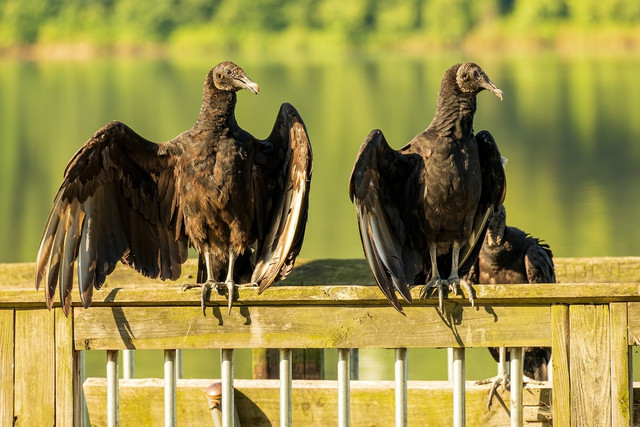


Black vultures are a vulture species whose range extends from the northeastern United States to Peru, central Chile and Uruguay in South America. They are secretive and rarely reveal when or where they are nesting.
A pair of black vultures mate for life as long as both remain alive. Moreover, these scary-looking birds have the most human-like approach to infidelity. If one of the partners is caught “cheating” away from their nest, the rest of the flock will attack them, forcing them to return home.
17. Animals That Mate for Life: French Angelfish
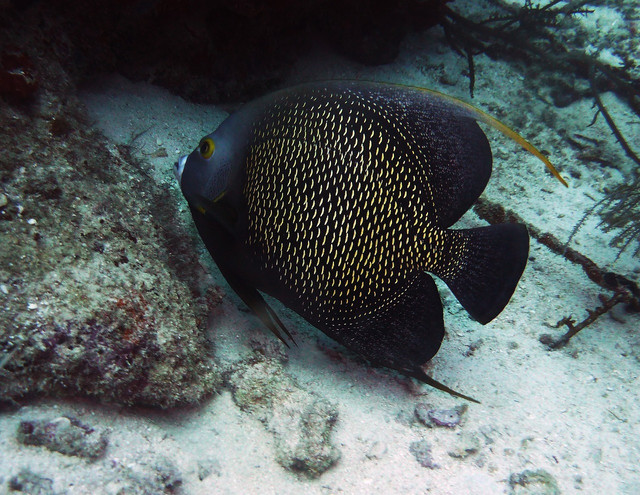


Found in and around coral reefs of the tropical Western Atlantic Ocean, French angelfish prove that monogamy can be found even under the sea. Divers frequently witness these stunning underwater creatures, typically seen in pairs.
Angelfish usually mate for life and actively work together to defend their territories against members of the same species. They spend most of their time side by side, caring for the spawn together.
18. Swans
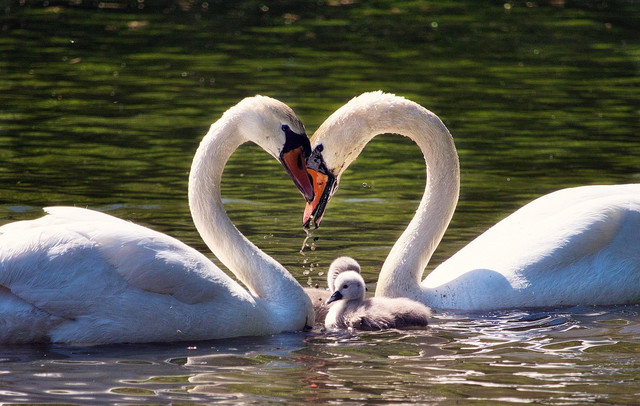


This list of animals that mate for life wouldn’t be complete without the most romantic creatures in the animal kingdom. An image of a swan couple gracefully bowing their heads to each other, forming a perfect, symmetrical heart shape, is a universally recognized symbol of romance.
Swans can be found worldwide in temperate environments, rarely occurring in the tropics. They famously mate for life and often bond even before they reach sexual maturity. However, just like people, swans can get “divorced,” for example, if their nesting attempt fails. And if a mate dies, the remaining swan usually looks for a new partner.
Read more:
- 5 Threats to Biodiversity and What You Can Do
- How To Build Trust in a Relationship: 8 Ideas
- What Is a Polyamorous Relationship & Are There Different Types?
Do you like this post?






